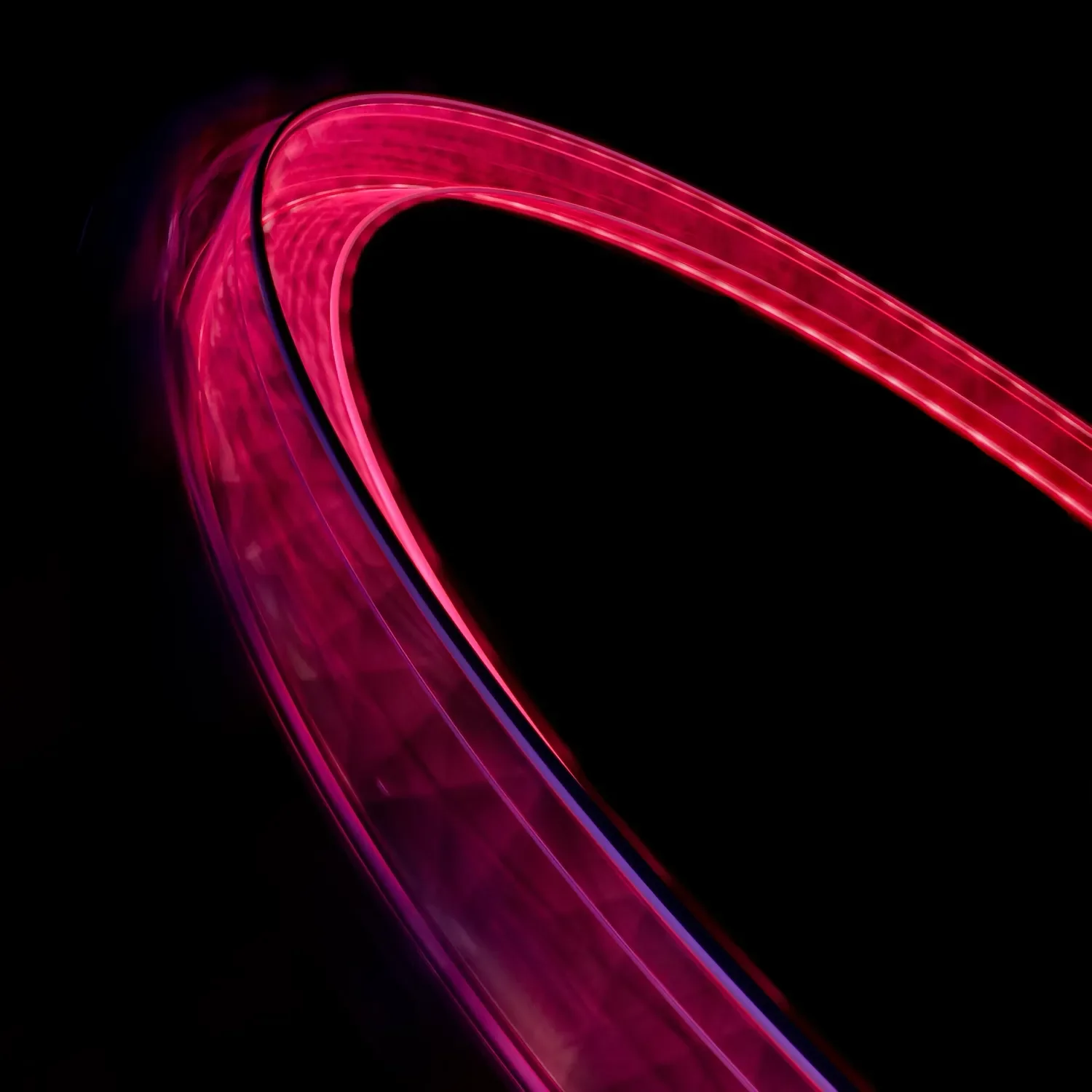iPhone Workflow Tutorial: "The London Eye"
It's been a while since I took this photo of the London Eye. I shot it back in 2015 using an iPhone 6 Plus during a nightly photo walk in London.
In this blog post, I'll share my thoughts about how and why I composed the photo this way, which apps I used to photograph it and how I edited it.
Composition
Let's start with the composition. If you've ever been to London, you probably know the location of the London Eye. It's right near the river Thames. The only way to capture the entire London Eye with iPhone back then would have been to photograph it from the opposite side of the Thames.
The result would have been a simple red circle. But I wanted more than that.
I wanted to convey the illusion of a dynamic, fast-spinning Ferris Wheel - although the London Eye spins slow.
So I positioned myself right next to the London Eye at a sharp angle. I pointed the iPhone upwards a bit to capture as much of the London Eye as possible and to get a black sky as the background.
After a bit of zooming in and out with my feet, I found the perfect angle.
Taking a long exposure of the London Eye
Because the London Eye spins really slow, my only option was to use Slow Shutter Cam App to shoot a long exposure of the Ferris Wheel - and back then, all the other options to take a long exposure with iPhone were not available.
I set Slow Shutter Cam App to motion blur mode and mounted the iPhone to my AmazonBasics Travel Tripod, that I've replaced meanwhile with one from Rollei. See why I chose this one in my Rollei Compact Traveller No. 1 Review.
With such a long exposure time, I used a remote shutter release to avoid camera shake when opening and closing the shutter.
Today, I'd probably use my Apple Watch as a remote shutter release. Luckily, all the recommended iPhone camera apps that I use come with an Apple Watch companion app for that purpose.
As I had no idea about the perfect exposure time, except that it would be long. So I set the app to bulb mode. In this mode, you can watch the photo develop right on the screen and close the shutter whenever you feel that you got the perfect exposure time.
It turns out that the perfect exposure time was 40 seconds.
And this I the photo that came out of the camera.
Long Exposure of the London Eye out of the camera (app)
Editing the London Eye Capture
First thing I did was to rotate the image. I felt that this way the photo had a bit more dynamic in it.
Then, I removed the cables that were still visible and the mounting, where they are attached. That's quite easy using Touch Retouch App.
Using the clone stamp tool to remove the cables
I used the clone tool to copy the area from outside of the Ferris wheel over the inside to remove all the cables.
Then I turned to Photos App to darken the sky by bringing down the black point a bit. To make the red color pop, I increased the overall brightness.
In a later re-edit using Lightroom Mobile Premium, I added some clarity, sharpening, and noise reduction. And this is the final photo:
Final long exposure of the London Eye
Conclusion
Slow Shutter Cam App is still my favorite app when it comes to taking long exposures - during the day and the night. With bulb mode, you can open the shutter as long as you like and watch the photo develop on the screen.
For further reading, read the post about how to take a long exposure with iPhone or read the blog post about how to do iPhone night photography.
You'll also find some iPhone Photography workflow articles in the blog where I explain my thoughts and how I photographed some of my best photos with iPhone.
Care about some quick feedback about this article?






